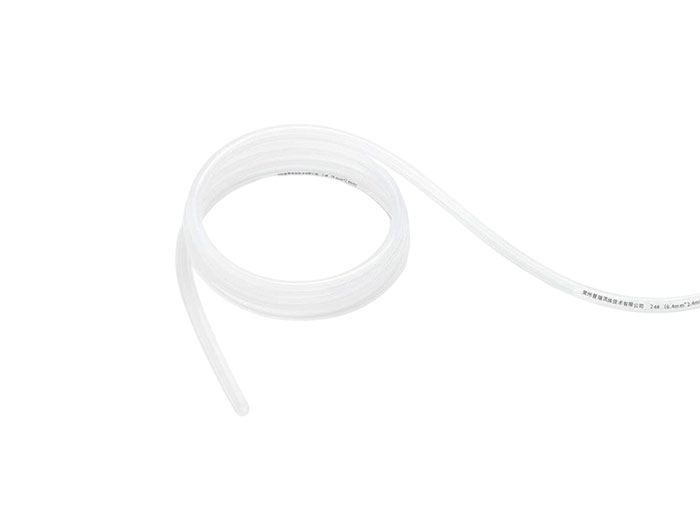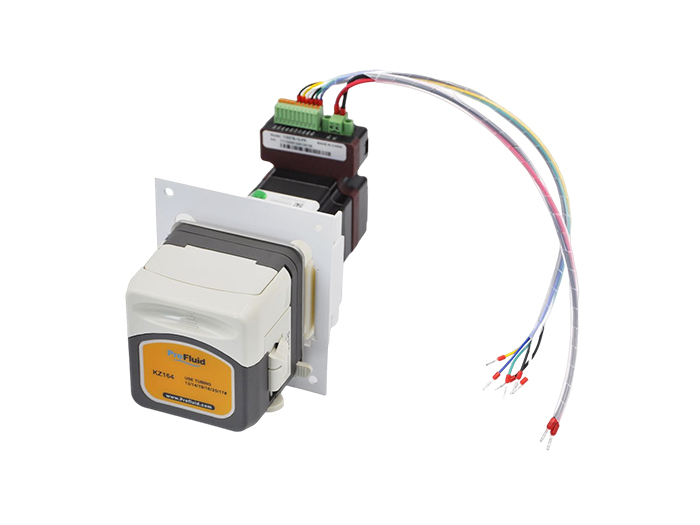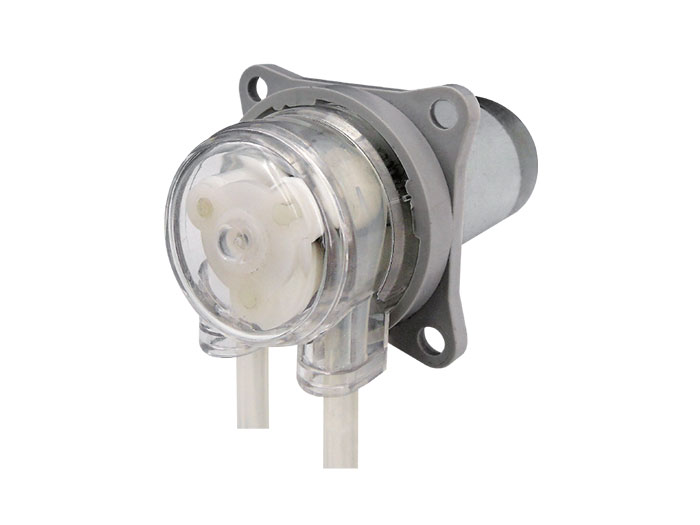When the peristaltic pump transmits different fluids, the hose should show certain excellent chemical properties, which is called chemical compatibility. For example: low adsorption, good temperature resistance, not easy to aging, no swelling, corrosion resistance, low precipitates, chemical corrosion resistance decreases with the increase of temperature, and chemicals that do not affect the pipe at room temperature may affect the hose with the increase of temperature.
Peristaltic pump silicone tube pressure
The application of peristaltic pump is limited by the pressure bearing performance of hose. If the system pressure exceeds the limit pressure of the hose, the hose will expand, resulting in excessive hose wear or hose rupture. The factors that affect the pressure of the hose are: material, diameter and wall thickness ratio.
Peristaltic pump silicone tube temperature
The hose ADAPTS to the operating temperature range is a factor to be considered by the user. Different materials have different temperature behavior.
Peristaltic pump silicone tube size
Hose size has a direct impact on the flow rate, and good pump design takes into account the inner diameter and wall thickness of the applicable hose to match the optimal hose size or tube number range. The inner diameter of the hose determines the flow rate; The wall thickness affects the ability of the hose to be compressed and rebound, and also has a great impact on the life of the hose.
Flexibility/elasticity/life of peristaltic pump silicone hose
Different hoses have different ability to resist roller repeated extrusion and friction. Different pipe types, tubes, pump heads, and operating speeds have different life spans. The service life is called the flexible life in the pump system, and the characteristics of the pump are very consistent in the specific application. Choose a long life, thick wall pipe, choose a large flow pump, running at a lower speed can obtain a longer hose life.


